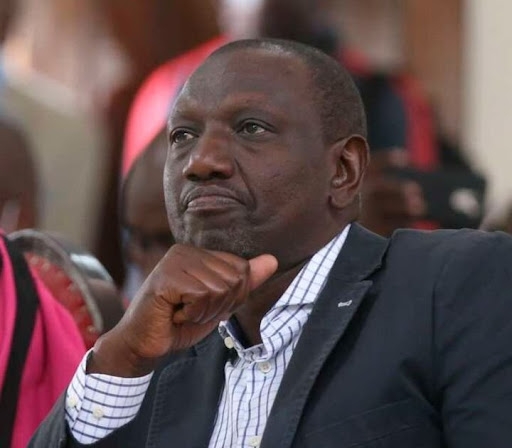 Lawi Sultan Njeremani
Lawi Sultan Njeremani
As a social consciousness theorist, I have long been critical of the National Government Administrative Officers under Kenya’s Ministry of Interior, albeit in silence, viewing it as a claw-back of the disdained provincial administration—a system historically oppressive to the Kenyan people.
In my estimation, NGAO, touted as a tool for service delivery aligned with the national government’s mandate, is in practice a mechanism susceptible to control by the executive arm, retaining colonial and pre-2010 uniforms that signal a deliberate anti-reform culture.
The cost to administer NGAO— estimated at Sh50-70 billion since its establishment in 2013—further fuels my scepticism about its efficiency and necessity.
The 36 points under policy, management and coordination as enumerated on NGAO’s webpage are manifestly an attempt at quantifying the load of mandate.
Now, with the ministry’s launch of the National Government Administration Police Unit on January 24, 2025, in Kwale County, my concerns deepen.
I see NGAPU, a 6,000-strong police force tied to NGAO, as unjustifiable and ripe for executive abuse, doubling the financial burden without clear evidence of need.
Together, NGAO and NGAPU evoke a troubling echo of colonial governance, deployed not for public good but to entrench power at the grassroots.
NGAO’s budget since its inception tells a story of escalating costs with little transparency.
Established under the National Government Coordination Act of 2013, NGAO’s annual expenditure likely started at Sh3 billion, rising to Sh6 billion by 2023-24, totalling Sh50–70 billion over 12 years, based on estimates of personnel and operational costs.
NGAO consists of eight regional commissioners, 47 county commissioners, hundreds of deputy and assistant county commissioners (estimated 300–500) and more than 3,000 chiefs and assistant chiefs (based on sub-locations).
The cost components include salaries, allowances, operational logistics (eg, vehicles, offices) and training. Chiefs earn between Sh30,000 and Sh70,000, depending on experience, location and responsibilities.
Assistant chiefs receive salaries ranging from Sh26,000 to Sh47,000, excluding allowances.
County commissioners earn Sh180,160-Sh335,450, house allowance of Sh80,000 and a commuter allowance of Sh24,000 per month.
The addition of NGAPU—potentially adding Sh1–2 billion annually for 6,000 officers— pushes this burden higher, with no public breakdown to justify the expense. W
orse, security budgets, including NGAPU’s, remain shrouded in secrecy, a practice that mirrors the colonial government’s opaque funding of the Provincial Administration to suppress dissent rather than serve citizens.
If NGAO’s mandates— coordination, security and administrative services—have proven to overwhelm the Ministry of Interior, as their sprawling scope suggests, why not transfer these roles to existing constitutional offices? Security functions could shift to the National Police Service, administration to county governments and policy coordination retained by a leaner ministry.
NGAPU’s launch only amplifies this question, adding a redundant police layer when NPS already struggles with a 1:450 officer-to-population ratio versus UN’s 1:280.
Yet, proponents of NGAO argue it’s indispensable. They point to chiefs’ grassroots reach—106,072 villages— claiming it fills gaps the NPS and counties cannot, as evidenced by the National Crime Research Centre’s (The Role of Chiefs in Localized Crime and Security Management, 2021) finding that 47.9 per cent of the members of public in Kenya said they would rate the performance of the chief as good.
Another, 25.8 per cent of the interviewed members of public would rate their chief performance as excellent.
The 2024 creation of 31 new administrative units, the NGAO proponents say, enhances service access in remote areas like Wajir, a feat counties lack the capacity to replicate.
This counterargument holds weight: NGAO’s proximity to citizens could, in theory, justify its existence where devolution falters.
I hold that NGAO was born of operatives in the national government’s fear of losing control and most probably a transitional gift for the thousands of provincial administrators who were staring at joblessness post-2013 if they were not absorbed in the county government structures as had been proposed.
NGAPU’s emergence, alongside NGAO’s conservatively estimated doubled costs (from Sh3 billion to Sh6 billion annually, plus NGAPU’s Sh1–2 billion) and the secrecy of security budgets, renews my alarm.
I now hold a firm view that the executive is deploying NGAO and NGAPU the same way colonial rulers wielded the provincial administration—not as service tools but as instruments of control, echoing the 1929 Tribal Police under Chiefs to enforce British rule.
The writer is a social consciousness theorist, corporate trainer and speaker









